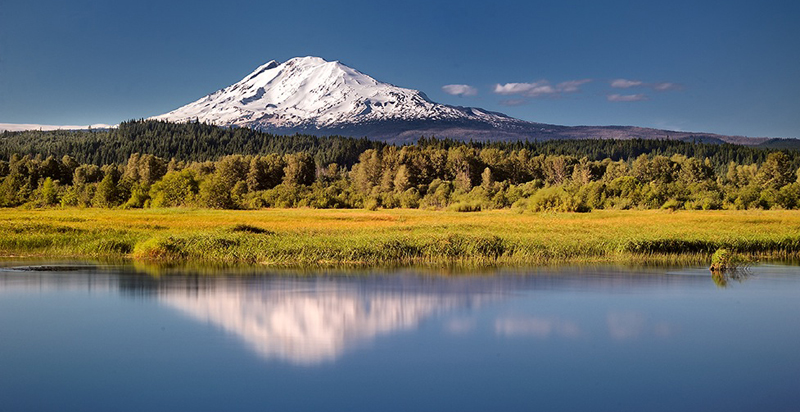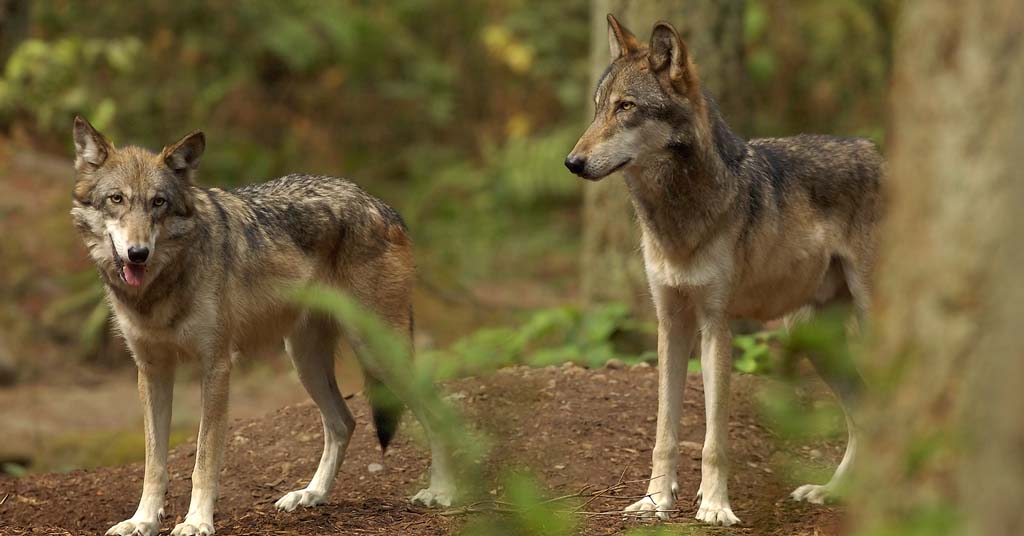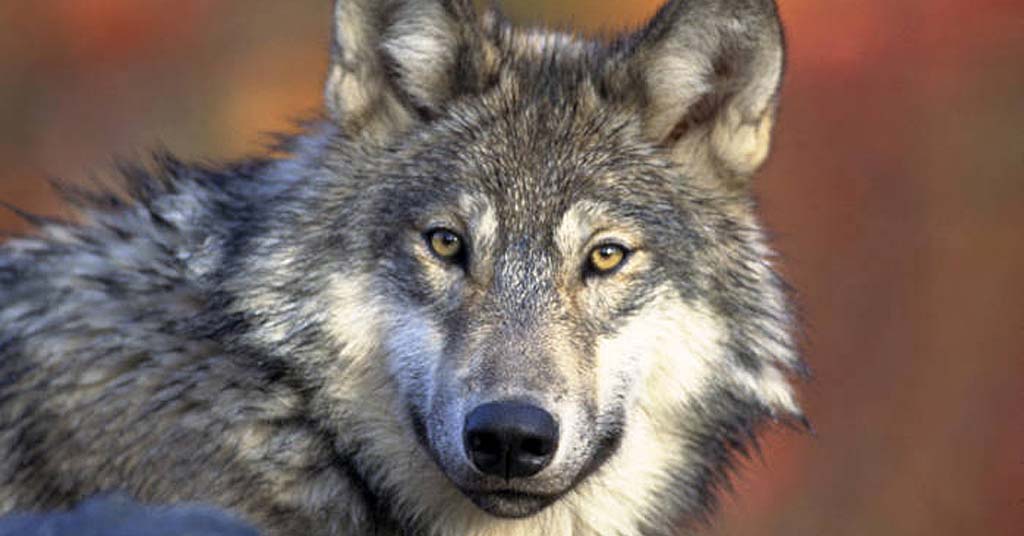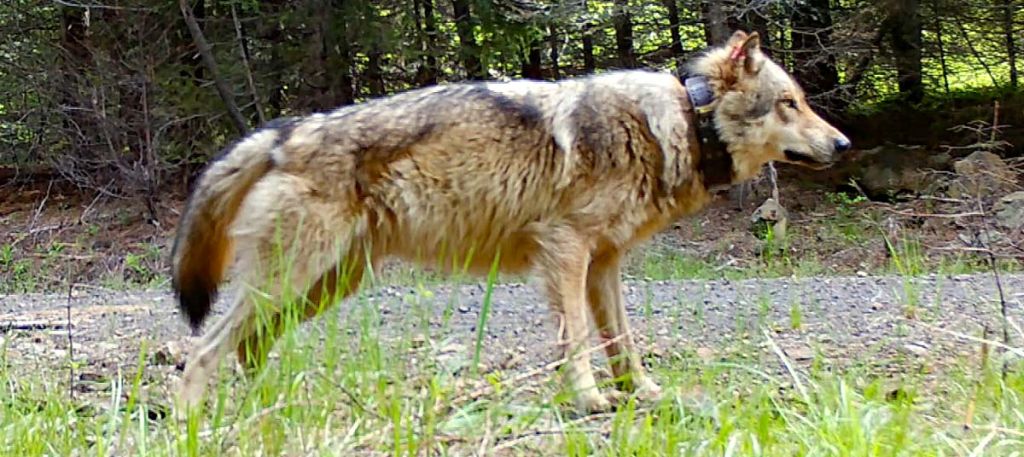In Ever Wild: A Lifetime on Mount Adams, Darryl Lloyd writes about human use of mountain, native plants and the science of this stratovolcano

Mt. Adams. Photo: Gary Dee/Wikimedia Commons
By Susan Hess. Nov. 15, 2018. One hundred fifty thousand sheep grazed Mount Adams’ meadows in the early 1900’s. Every spring, ranchers from Oregon and Washington would bring their herds to the unregulated, lush grasslands. The size of the “grass-eating woolly hordes” had already grown since 1886, when an Oregon sheep rancher first brought in a herd of 5,000.
Word of this free pasture spread quickly, and overgrazing was rampant during the early decades of the 20th century. But fire suppression by the U.S. Forest Service allowed trees to gradually fill in the meadows. Meanwhile, the public’s taste shifted from lamb and mutton to steaks and hamburgers. Gradually, herd sizes diminished. And during the autumn of 1970, the last small herd finally left the mountain.
Darryl Lloyd devotes an entire chapter to the impact of sheep on his beloved mountain in his new book, Ever Wild: A Lifetime on Mount Adams. In this soft-cover book, Lloyd writes about the human use of mountain, its native plants, and the science of this stratovolcano. Interwoven throughout are personal stories. They are reflections of a life spent near the mountain that continually drew him in, always beckoning him to explore further. Color photographs serve as snapshots of these explorations, and they bring readers into the harsh domain of rock and ice.
Lloyd, 75, was two years old when the family bought 80 acres at the base of Mount Adams. It was here that his parents built the Flying L guest ranch. Their curiosity stoked by their adventurous father, Lloyd and his twin brother Darvel were only eleven when they first reached the 12,276 foot summit. After that, they sprung at every opportunity to hike and camp around the mountain.
As adults, both brothers did graduate work in the fields of geology and geography. Their careers took them far from south-central Washington. Lloyd spent his career as a ship master or captain, but he returned often to the Glenwood Valley. He and Darvel founded the Mount Adams Wilderness Institute in 1970. For ten years, they led two-week long intensive courses in wilderness mountaineering and natural history.
Ever Wild begins by depicting the Native Americans’ seven-thousand year presence on the mountain they call Pahto. He skips the era of fur trapping because it left such a small impact on the mountain. But the sheep took a significant toll on the native plants and wildlife, and the effects of overgrazing are still evident today, leading Lloyd to title that chapter: “The Great Sheep Invasions.”
Rather than offering an exhaustive history of human use of the mountain, the author picks a few highlights. In the 1920s, for example, the U.S. Forest Service built a fire lookout atop the summitt. An historic photo shows three men climbing 5,000 feet up the rocky slope shouldering heavy wooden beams for the structure. After the forest service abandoned the lookout twenty years later, a prospecting company began mining sulfur in the volcano’s ancient craters.
A quarter of the book is on mountain science: stratovolcanoes, glaciers, avalanches and lahars. Readers who aren’t geologically inclined may want to skim these technical sections, but they give the reader a more thorough understanding of what makes this mountain unique.
Throughout the book, Lloyd writes about his wilderness heroes, people like C.E. Rusk, Supreme Court Justice William O. Douglas and David Brower. Their writings and talks shaped the wild mountain advocate he became.
In 2004, an 11,000 acre resort—complete with a ski area, an 18-hole golf course, 2,500 housing units and a casino—was proposed on the Yakama Nation region of the mountain. It would spread over pristine areas of the mountain such as Bird Creek Meadows, Hellroaring Valley and the Ridge of Wonders. Lloyd formed Friends of Mount Adams (FOMA) to mobilize people into protecting the mountain from development. In the end, the Yakama Nation Tribal Council rejected the resort proposal.
Today, FOMA continues to educate and advocate for the mountain, and the group faces a new set of problems. Cattle grazing is allowed on the lower slopes, but ineffective fencing has allowed cattle to damage the fragile alpine meadows. Snowmobilers ignore signs prohibiting them in the wilderness and on Yakama Nation land. The noisy machines stress and displace wildlife. Logging and wildfires over the past 150 years have reduced old growth forests to a few scattered stands.
A witness to the retreat of some of the mountain’s grandest glaciers, Lloyd details the impacts of a warming climate on the volcano, and on the plants, animals and people who live around it.
An entire follow-up book could focus on human activity alone, as the author skims over some of the more detrimental actions—logging, recreation, road building—that continue to affect what Lloyd calls the “colossus of southern Washington.” Likewise, wildlife is only briefly touched on.
A wealth of information, Ever Wild is about a mountain that is often overlooked in the Pacific Northwest. That makes it a reference work, but the author’s passion for place gives the book color and warmth. Lloyd, who is a well-known photographer, took many of the photographs that accompany his stories.
“The advice I give now:” he writes, “Discover Mount Adams on your own, but be careful of your impact. Future generations will want to make their own discoveries of an undisturbed mountain wonderland.”
[/fusion_text][/fusion_builder_column][/fusion_builder_row][/fusion_builder_container]










